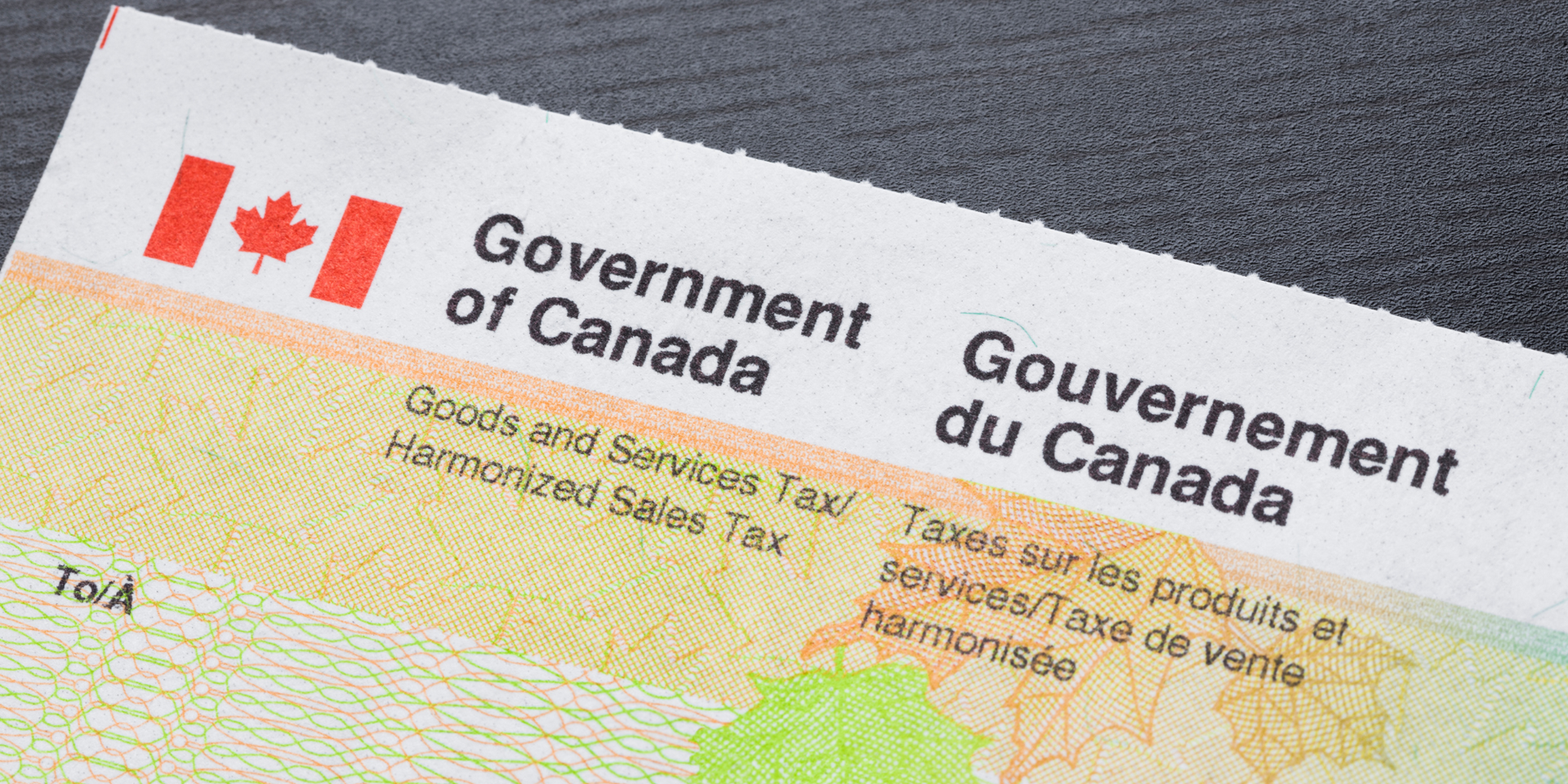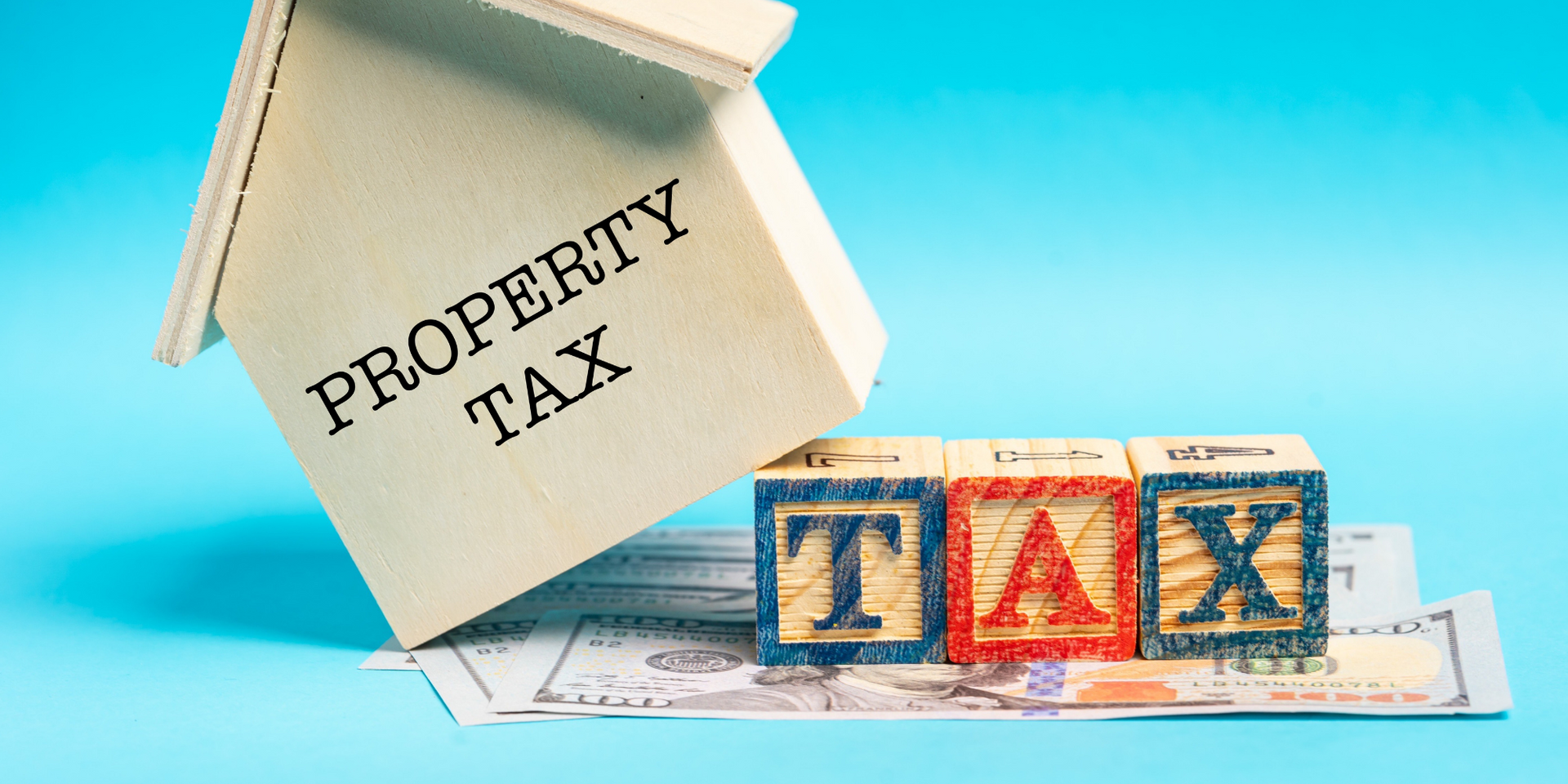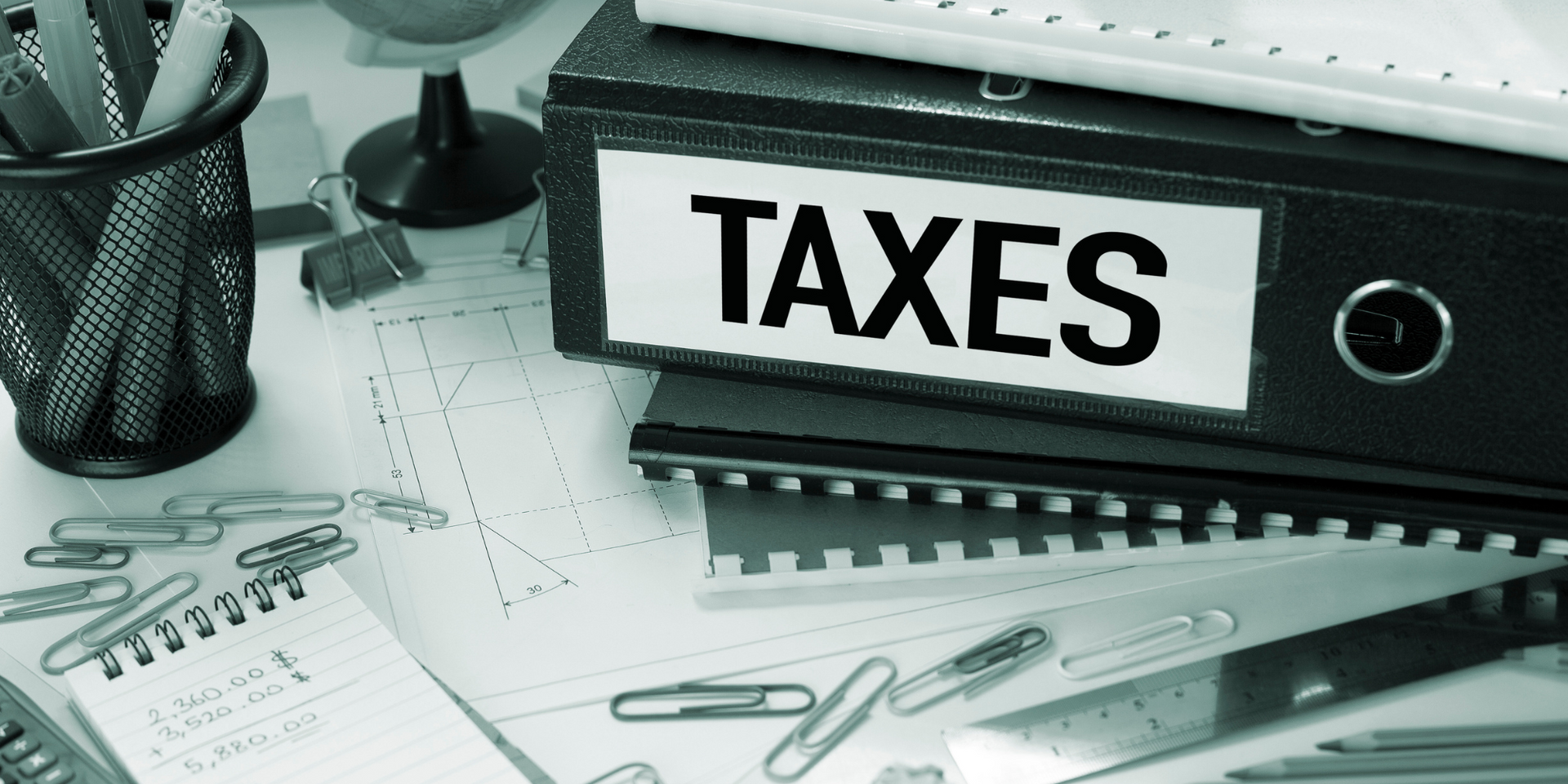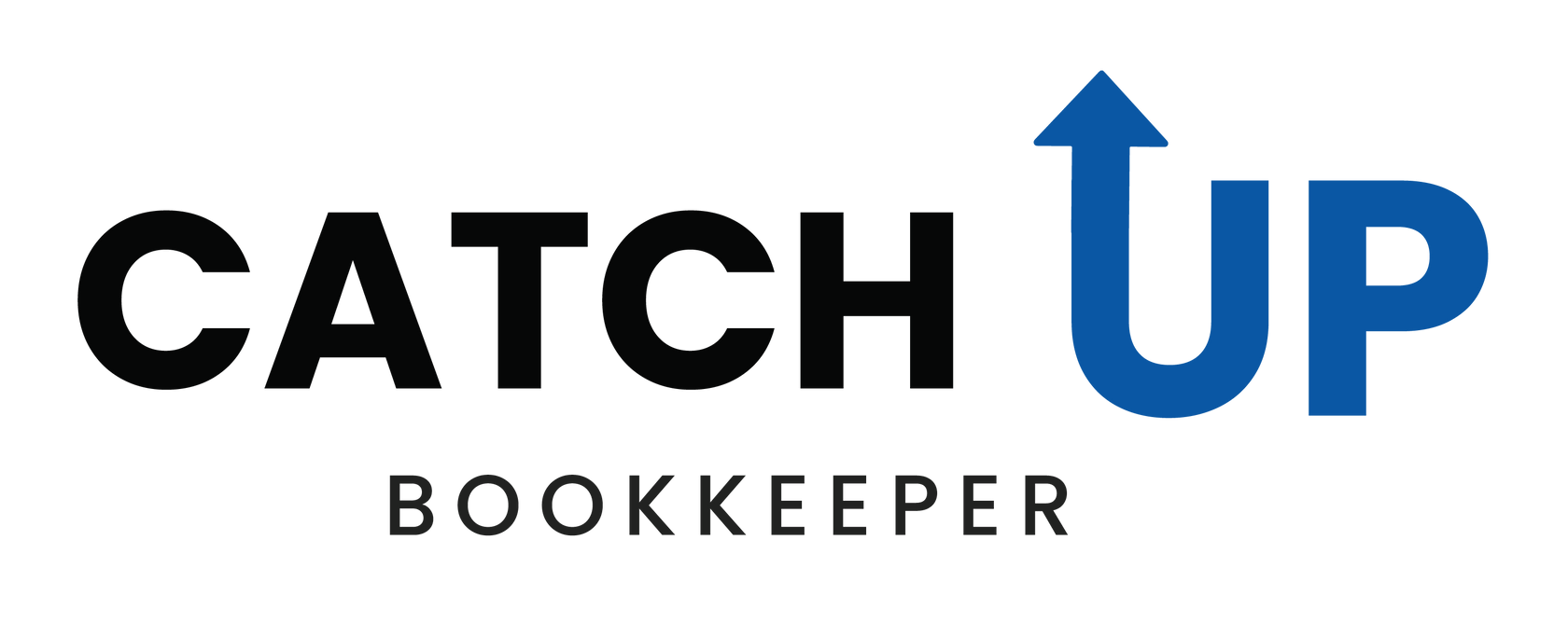Self-Employed? Here's What You Need to Know About CPP and EI Contributions
For many young workers today, entrepreneurship is more than just a career choice—it’s a lifestyle. Whether you’re a sole proprietor, business partner, freelancer, independent contractor, or engaging in direct sales on the side, chances are you’re classified as self-employed according to the Canada Revenue Agency (CRA).

When you’re self-employed, navigating your tax situation can be more complex than for salaried employees, particularly when it comes to Canada Pension Plan (CPP) and Employment Insurance (EI) contributions. Here’s everything you need to know about these contributions and how they impact your tax filing.
Do You Have to Pay CPP if You Are Self-Employed?
Yes, CPP contributions are mandatory for self-employed individuals. Unlike salaried employees, who split CPP contributions with their employer, self-employed individuals must pay both the employee and employer portions of the contribution. This is calculated as 2 x the annual percentage rate on net business earnings, up to a maximum.
For example, in 2024, the combined CPP contribution rate for self-employed individuals is 11.9% (5.95% x 2) of your net business income, up to a maximum of $7,735.
While these contributions may seem like a significant portion of your income, they play a crucial role in securing your financial future by contributing to your retirement income. Plus, you’ll get the following tax breaks:
- A tax deduction for the employer portion of the contribution.
- A 15% federal tax credit for the employee portion.
How Do You Contribute to the CPP if You’re Self-Employed?
As a self-employed individual, you contribute to the CPP when you file your T1 Income Tax and Benefit Return. The contributions are based on your net income for the year, and you calculate them using Schedule 8.
In 2024, there are two parts to CPP contributions:
- The base CPP amount and the first additional contribution.
- The second additional contribution (CPP2), which is calculated at 8% on income above a new, higher income ceiling.
Are There CPP Exceptions for Self-Employed Individuals?
If your business is incorporated, you have the flexibility to pay yourself a salary or dividends. Opting to pay yourself in dividends rather than salary allows you to reduce your CPP contributions. However, this could lower your retirement benefits since CPP contributions directly impact the amount you receive in retirement.
Can the Self-Employed Get EI?
Self-employed individuals are not automatically required to contribute to EI, but you can opt into the EI benefits program to gain access to special benefits, such as:
- Maternity and parental benefits.
- Sickness benefits.
- Family caregiver benefits.
Self-employed individuals pay only the employee portion of EI premiums, which are calculated at the same rate as for employees. In 2024, the maximum annual contribution for self-employed individuals is $1,049.12.
Things to Consider About EI for the Self-Employed
- You must pay EI premiums for a full 12 months before you can collect any benefits.
- Once you’ve claimed EI benefits, you must continue contributing as long as you remain self-employed.
- You may consider investing the amount you would have paid in EI premiums into a Tax-Free Savings Account (TFSA) as an alternative form of financial security.
Maximum CPP and EI Contributions for 2024
- The maximum CPP contribution for self-employed individuals in 2024 is $7,735, with an additional CPP2 contribution of up to $376.
- The maximum EI premium for self-employed individuals in 2024 is $1,049.12, based on an insurable income ceiling of $63,200.
- By understanding your CPP and EI obligations, you can plan your contributions and taxes more effectively, ensuring you meet your requirements while securing benefits for the future.
Key Takeaways
- Self-employed individuals are responsible for paying both the employee and employer portions of CPP.
- While not mandatory, self-employed individuals can opt into EI for access to maternity, parental, and other special benefits.
- EI benefits for the self-employed require 12 months of premium payments before benefits can be accessed.
